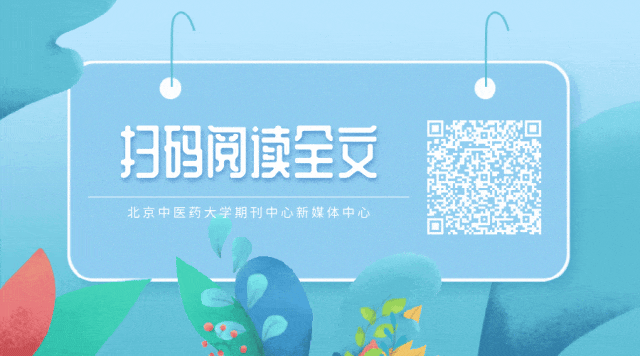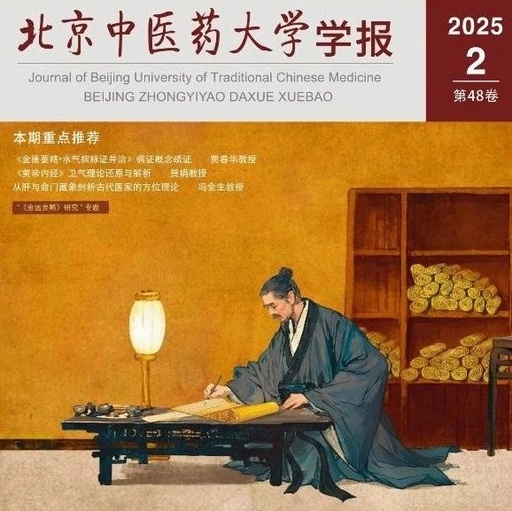An Analysis of ‘Li Jie Huang Han’ in the ‘Jin Kui Yao Lue’
Lan Xin, Ren Zi Lin, Shao Qi, Zheng Yu Xiao, Li Chang Xiang, Cheng Fa Feng, Wang Xue Qian, Wang Qing Guo
[Abstract]
“Li Jie Huang Han” originates from the chapter on wind-related joint diseases in the ‘Jin Kui Yao Lue’. It is commonly interpreted as the excretion of yellow fluid from painful joints, which is a characteristic manifestation of Li Jie. In Western medicine, Li Jie corresponds to gouty arthritis, which primarily presents with redness, swelling, heat, and pain in the joints, often without the excretion of yellow fluid. Therefore, the interpretation of “Li Jie Huang Han” contradicts the clinical manifestations typically observed in this condition. To address this point of contention, this article reinterprets “Li Jie Huang Han” from the perspective of the pathogenesis of “sweat entering water, as water injures the heart”, in conjunction with the views of historical medical practitioners. It posits that understanding the meaning of “Huang Han” in this context is crucial for comprehending the pathogenesis of Li Jie and clarifying the relationship between Li Jie and “Huang Han”. Zhang Zhongjing mentions Li Jie alongside “Huang Han” not to distinguish between the two diseases, but to emphasize their shared pathogenesis, namely, the injury to the heart and blood vessels by cold and dampness. This article proposes a new interpretation of “Li Jie Huang Han”, suggesting that sweat is not limited to the joints but can be widespread throughout the body. The pathogenesis of “Li Jie Huang Han” is attributed to liver and kidney deficiency, along with external invasion of dampness, leading to disharmony of Ying and Wei, and imbalance of Yin and Yang. Treatment should focus on harmonizing Ying and Wei, and tonifying the liver and kidneys, with clinical prescriptions considering modifications of Gui Zhi Tang (Cinnamon Twig Decoction). The pathogenesis of “Li Jie Huang Han” is complex, and clinical treatment requires comprehensive consideration to achieve optimal efficacy.
[Keywords]
Jin Kui Yao Lue; Li Jie Huang Han; Ru Shui Shang Xin; Pathogenesis
Cite this article
Lan Xin, Ren Zi Lin, Shao Qi, et al. An Analysis of ‘Li Jie Huang Han’ in the ‘Jin Kui Yao Lue’ [J]. Journal of Beijing University of Chinese Medicine, 2025, 48(2):161-165.


Scan the QR code to read the full text
Recommended Reading
Contents of the Journal of Beijing University of Chinese Medicine, Issue 2, 2024
Contents of the Journal of Beijing University of Chinese Medicine, Issue 1, 2024
New consensus on the evidence system for the registration and review of traditional Chinese medicine drafted by 6 academicians and 10 masters of traditional Chinese medicine published in the Journal of Beijing University of Chinese Medicine!
Results of the most beautiful cover selection of the Journal of Beijing University of Chinese Medicine for 2024 (including the list of lucky readers who won awards)
END
Typesetting: Xie Dai Chen
Editor: Zhang Chi
Review: Jin Yu Yuan
Final Review: Wu Feng Zhi
Produced by: Journal Center of Beijing University of Chinese Medicine and New Media Center
About Us
Paper Submission (Only): bucmb.portal.founderss.cn
Official Website (Only): xb.bucm.edu.cn

